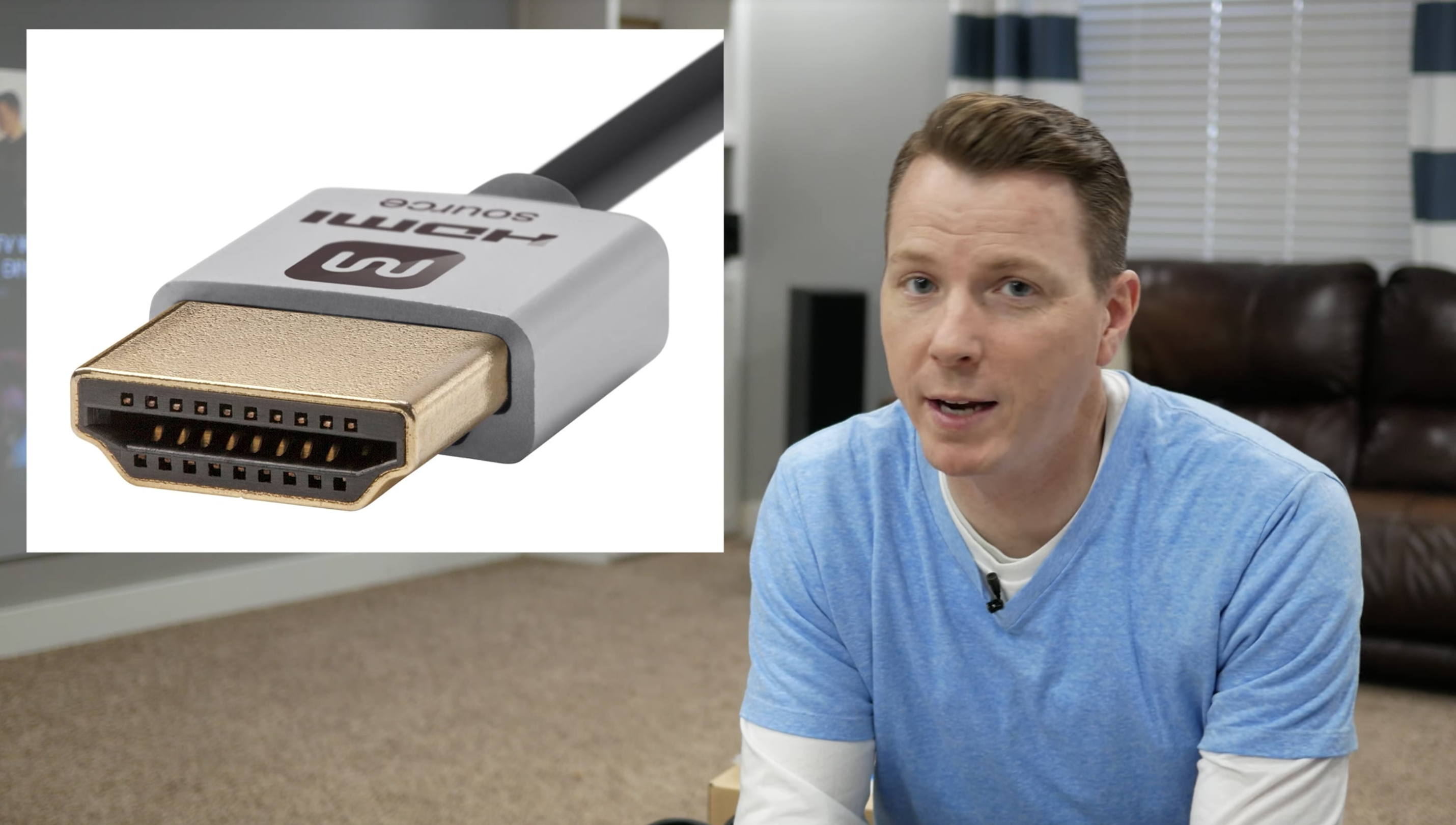PRODUCTS (these are affiliate links):
• HDMI Over Ethernet 4K HDMI Extender (the one I use): https://amzn.to/2TZi3rb
• Cat 7 Ethernet (30 ft): https://amzn.to/2DTNCgL
• Optic HDMI Cable (33 ft): https://amzn.to/2Q4yt3p
• 1080P Wireless HDMI Kit: https://amzn.to/2KMdr3O
• 4K 60Hz Wireless HDMI Kit: https://amzn.to/2SmKkGM
• Active HDMI 30 ft: https://amzn.to/2DWrsdR
- Standard (passive) HDMI cables aren’t meant to send a reliable signal over 15ft. Receivers and media devices aren’t built to power cables that are over 15ft long either.
- HDMI cables have different ratings for different signals. They also come in different versions, currently ranging from 1.0 to 2.1. HDMI cables may or may not be able to handle the following:
- 4k resolution
- 4k at 24hz vs 30hz vs 60hz
- 3D
- HD or UHD Signals over 15, 30, 50, 100 ft, etc.
- Chroma Subsampling
- HDR
- HDMI 1.0, 1.2, 1.3, 1.4, 2.0 or 2.1
- 5k, 8k and 10k at 120 Hz
You have several options for running HDMI over longer distances:
- HDMI Balun (HDMI Converter Kits) over Cat
- Priced from $30 – $300, depending on what you need
- Read the specs carefully
- They often give you other features, like IR extenders
- I bought a kit for $100 that includes infrared extenders and can handle HDMI 2.0, which support 4k at 60hz and is only powered from one side.
- Be sure to consider future needs
- Optical HDMI Cables
- Priced at $100 – $400
- Starting price is higher but they’re more of an all-in-one solution (no adapters, no kits
- These combine the technology of fiber optics and HDMI, letting you run VERY long distances (up to 1000 ft).
- Wireless HDMI Kits
- Range from $130 – $400
- Very mixed reviews and ratings
- No wires between source and display, which is incredible!
- Up to 660ft of range (for the pricier versions)
- Active HDMI
- Priced between $20 and $130
- They use a chipset in the cable which leverages the 5 volts of power from the source to provide a more stable long range feed
- They’re uni-directional, so you have to put the source end at the source and the display end at the display or it won’t work
- Cheaper than most other options but there is still a lot of controversy over their functionality. The reviews tend to be quite mixed.
If you have a receiver that has a fried HDMI board or doesn’t support HDMI at all but supports fiber optic you can leverage one of the above options and just use the fiber optic output on your source to plug into the receiver, assuming it has fiber optic out (like Apple TV or most Blu-Ray players). If that’s not an option and your receiver can still output audio from the HDMI inputs, you can use an HDMI splitter to send one signal to the display via the options above and the other to the receiver just for the audio portion.

